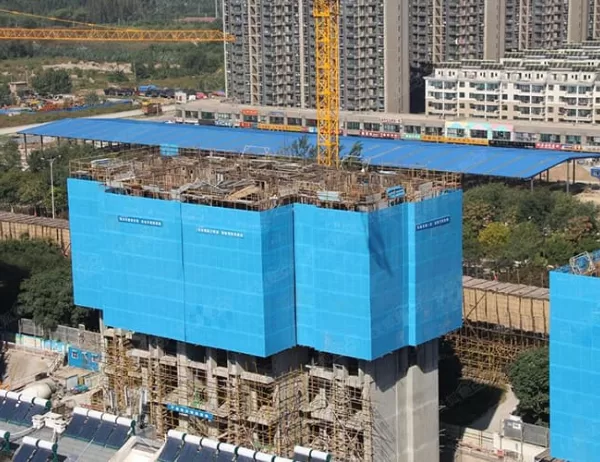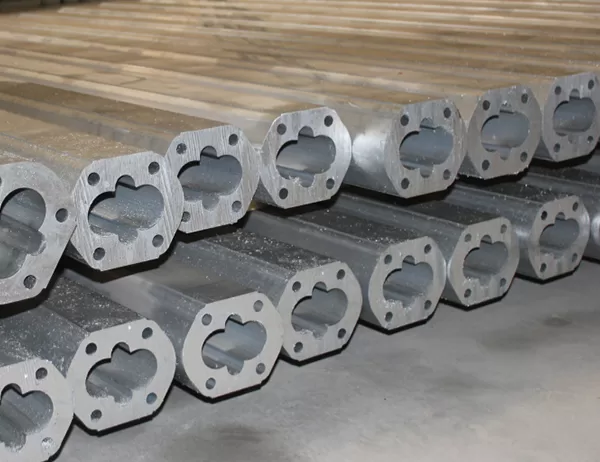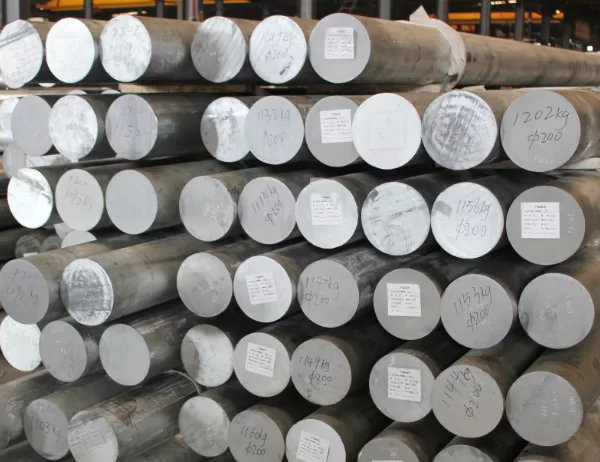Customization Options in 6101 Aluminum Alloy Design: Unleashing Limitless Possibilities
In the realm of engineering and design, the quest for lightweight, robust, and versatile materials has led to the rise of 6101 aluminum alloy. This alloy’s exceptional strength-to-weight ratio, corrosion resistance, and formability have made it a game-changer in industries ranging from aerospace to architecture. However, what truly sets 6101 aluminum alloy apart is its remarkable adaptability, offering a myriad of customization options that empower engineers to tailor it to their specific requirements.
Alloy Composition Variations:
The composition of 6101 aluminum alloy can be meticulously adjusted to enhance its properties based on the intended application. Varying the proportions of magnesium, silicon, and copper optimizes its mechanical strength, electrical conductivity, or thermal stability, ensuring the alloy perfectly aligns with the product’s functional needs.
Heat Treatment Enhancements:
Through advanced heat treatment techniques, 6101 aluminum alloy undergoes transformations that further enhance its performance. Solution treatment, quenching, and artificial aging processes optimize the alloy’s microstructure, resulting in improved tensile strength, fatigue resistance, and weldability, enabling it to withstand demanding conditions.
Surface Modification Techniques:
To enhance the surface characteristics of 6101 aluminum alloy, various surface modification techniques can be employed. Anodization creates a protective oxide layer that improves corrosion resistance and wear properties, while electropolishing smooths the surface, reducing friction and enhancing aesthetics. These techniques expand the alloy’s versatility for applications requiring specialized surface properties.
Complex Shape Fabrication:
6101 aluminum alloy’s exceptional formability allows for the creation of intricate shapes and complex geometries. This attribute opens up design possibilities for components with intricate internal structures, weight-saving features, or aerodynamic profiles, fostering innovation in fields such as automotive and aerospace engineering.
Conclusion:
The customization options available in 6101 aluminum alloy design empower engineers to unlock the full potential of this remarkable material. By tailoring the alloy’s composition, performing heat treatments, applying surface modifications, and utilizing advanced fabrication techniques, designers can achieve unprecedented levels of performance, functionality, and aesthetics. As technology continues to advance, the versatility of 6101 aluminum alloy will undoubtedly inspire groundbreaking applications, revolutionizing industries and shaping the future of engineering.




